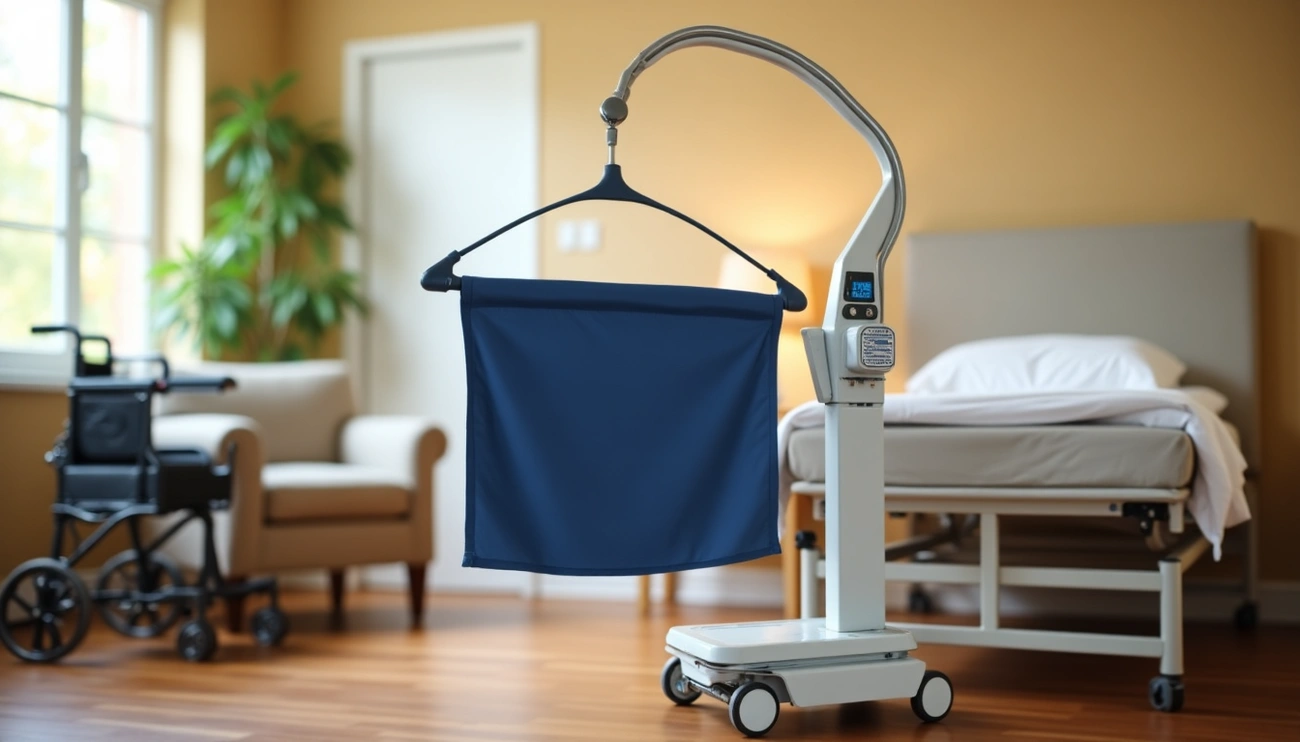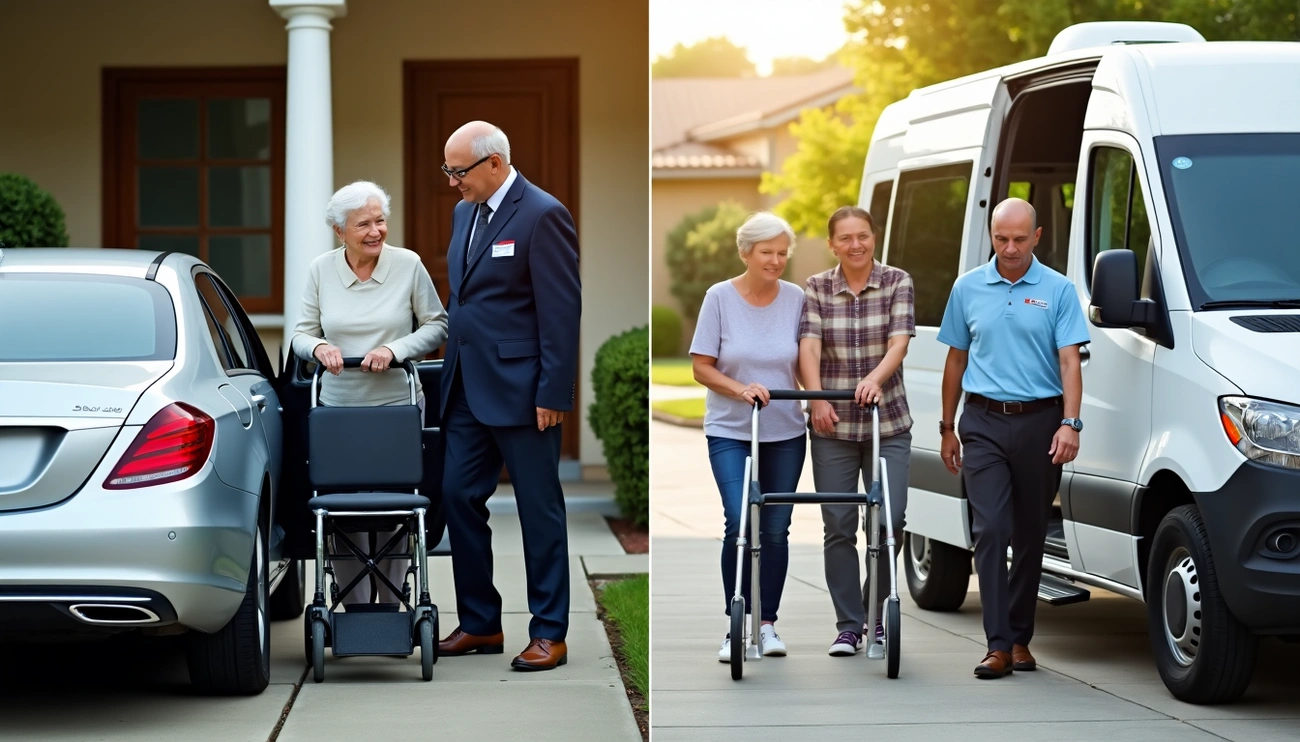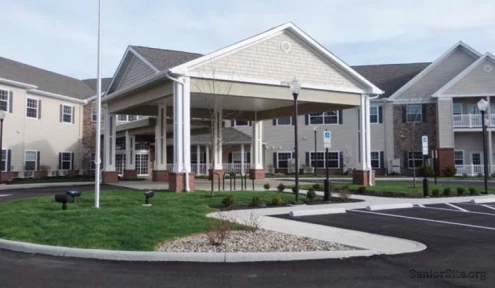Nearly 78% of American adults live paycheck to paycheck, federal data shows. Baby Boomers represent almost half this number. The food allowance card for seniors serves as a vital resource for older Americans facing surging grocery prices.
Medicare food allowance programs offer monthly grocery benefits ranging from $25 to $200. Yet many eligible seniors remain unaware of this assistance. One in four Medicare Advantage plans providing food benefits sees low enrollment rates. More striking, 5 million seniors currently miss out on $6.3 billion in available SNAP benefits.
This guide details senior food benefits for 2025, covering qualification requirements, application steps, and program features. The information serves both seniors seeking benefits and family members helping loved ones access food assistance programs.
Understanding the Food Allowance Card for Seniors
Millions of older Americans struggle to afford groceries, federal data shows. The food allowance card for seniors helps bridge this gap through Medicare Advantage plans and other assistance programs.
What is a senior food allowance card?
Medicare Advantage plans offer food allowance cards as prepaid debit cards for grocery purchases. These cards fall under “special supplemental benefits for chronically ill” enrollees through Medicare Advantage (Part C) plans. Each month, the card receives automatic funds for buying approved food items at participating stores.
The food allowance card serves a different purpose than Medicare Flex cards. While both come from Medicare Advantage plans, food allowance cards specifically cover grocery purchases. Monthly benefits range from $25 to $200, based on plan details and eligibility.
Types of food benefit programs available in 2025
Seniors can access several food assistance options:
- Medicare Advantage Food Allowance – Special Needs Plans (SNPs) provide monthly funds that expire if unused
- SNAP Benefits – The former Food Stamps program loads monthly benefits onto EBT cards. Enrolled seniors typically receive $100 or more monthly
- Senior Food Box Program (CSFP) – Provides free monthly packages containing shelf-stable meats, fish, vegetables and staples
- Farmers’ Market Program – Offers access to fresh local produce at markets, roadside stands and community agriculture programs
- Home-Delivered Meals – Programs like Meals on Wheels bring prepared food directly to seniors’ homes
Who qualifies for these programs?
Medicare food allowance benefits require enrollment in specific Medicare Advantage plans, particularly Special Needs Plans (SNPs). Two main SNP types offer food benefits:
- C-SNPs serve people with chronic conditions like diabetes, heart disease or cancer
- D-SNPs help those eligible for both Medicare and Medicaid
SNAP benefits have special rules for seniors 60 and older. Elderly households can have up to $4,500 in countable resources like bank accounts. Seniors also face simpler income requirements, needing only to meet net income limits.
Most federal food programs require participants to be at least 60 years old. Income limits vary by program and location. Many seniors qualify for multiple programs at once.
Yet millions miss out on available help. Federal data shows 5 million seniors fail to claim $6.3 billion in SNAP benefits they could receive. Many don’t realize they qualify or misunderstand program requirements.
Medicare Food Allowance Card Explained
Medicare Advantage food allowance benefits help seniors afford groceries, federal data shows. Original Medicare provides no grocery assistance, but select Medicare Advantage plans now fill this gap.
How Medicare Advantage plans offer grocery benefits
Medicare Advantage expanded its coverage in 2020 to include benefits beyond basic health needs for chronically ill participants. The program, called Special Supplemental Benefits for the Chronically Ill (SSBCI), now covers food and produce allowances.
Seniors receive prepaid debit cards loaded monthly or quarterly with grocery funds. The program operates on a “use it or lose it” basis – unused money doesn’t carry forward.
Plan providers restrict card usage to specific grocery stores and retailers. This limitation ensures funds support nutritional goals, particularly for members managing chronic conditions.
Special Needs Plans (SNPs) and their food allowances
Special Needs Plans lead Medicare Advantage programs in offering food benefits. Two SNP categories provide grocery assistance:
- Chronic Condition SNPs (C-SNPs) serve people with diabetes, COPD, heart disease, or end-stage renal disease.
- Dual-Eligible SNPs (D-SNPs) help those qualifying for Medicare and Medicaid.
SNP enrollment grew 11% from 2022 to 2023, reaching 1,284 plans nationwide. The expansion shows growing awareness of nutrition’s role in health management.
Average monthly allowance amounts
Monthly benefits range from $25 to $200, varying by plan. Humana plans offer $25–$225 monthly ($300–$2700 yearly).
Benefit amounts depend on:
- Medicare Advantage plan choice
- Geographic location
- SNP category
- Health conditions
What you can and cannot purchase
The food allowance card for seniors covers:
- Fresh, frozen, canned produce
- Dairy products and eggs
- Meat and seafood
- Healthy grains and beans
- Water and nutrition drinks
- Approved frozen meals
Plans exclude:
- Alcohol and tobacco
- Pet food and baby items
- Sweets and desserts
- Snack foods
- Fresh bakery items
Some Medicare Advantage cards extend beyond groceries, covering over-the-counter medicines, household items, and utilities. This broader coverage helps seniors manage multiple expenses.
The food allowance differs from post-hospital meal benefits, which typically last only a few weeks.
How to Apply for Medicare Food Allowance Benefits
Medicare food allowance applications require specific steps based on plan type, federal guidelines show. The process varies between standard Medicare Advantage plans and Special Needs Plans (SNPs).
Step-by-step application process
Medicare Advantage plans with food benefits require:
- ZIP code verification for benefit availability
- Local plan research for grocery benefits
- Enrollment during specific periods – Initial Enrollment, Annual Election (October 15–December 7), or Special Enrollment
- Plan provider application submission
- Card activation after approval
SNP applications follow different steps:
- D-SNP or C-SNP qualification check
- Plan selection
- Provider enrollment completion
- Grocery retailer card activation
Required documentation
Medicare plan providers require specific documents:
- Medicare card or enrollment letter
- Healthcare provider documentation for chronic conditions
- Tax returns or income proof
- Social Security or Medicaid benefit evidence
Application forms need health condition details, financial information, and Medicare benefit status. Missing or incorrect details delay benefit approval.
Where to get application assistance
Several organizations provide free application help:
Medicare Plan Agents review eligibility and match seniors with suitable plans at no cost. These licensed professionals guide applicants through benefit requirements.
Social Security Offices offer in-person help with Medicare program paperwork. Staff members assist seniors with complex application forms.
Medicare.gov provides online resources and phone support for benefit questions.
Area Agencies on Aging deliver free SHIP counseling, explaining Medicare options to seniors.
Plan providers review submitted applications and may request additional information. Approved applicants receive food allowance card activation instructions. Denied applications come with written explanations.
Document copies and detailed health information help ensure smooth application processing.
Comparing Food Assistance Programs for Seniors
Federal data shows seniors can access multiple food assistance programs, each offering unique benefits. Program requirements and coverage vary significantly, USDA reports.
Medicare food allowance vs. SNAP benefits
The Medicare food allowance card operates differently from SNAP benefits. Medicare Advantage plans exclusively offer food allowances, while SNAP runs as a broader federal program .
Medicare cards provide $25-$200 monthly, restricted to healthy foods like produce and dairy. SNAP benefits allow more purchasing flexibility across more retailers.
Federal guidelines permit seniors to receive both benefits. The Food and Nutrition Service confirms Medicare Advantage supplemental benefits don’t affect SNAP eligibility. Seniors receiving food allowance cards maintain full SNAP benefit amounts.
Commodity Supplemental Food Program (CSFP)
USDA data shows the Senior Food Box Program serves 695,000 low-income seniors. Participants must be 60 or older with incomes below 130% of Federal Poverty Line.
Monthly packages include:
- Fresh produce and juice
- Dairy products
- Grains and proteins
USDA reports each $27 package delivers $50 retail value. The program targets common nutritional gaps in senior diets, reducing hospital stays and nursing home admissions.
Seniors Farmers’ Market Nutrition Program
The seasonal program offers $20-$50 yearly for fresh produce purchases at farmers’ markets and local stands. Eligibility requires age 60+ and income within 185% of poverty guidelines.
Program data shows 800,000 low-income seniors access local produce annually. Local farmers benefit while seniors receive fresh nutrition.
Home-delivered meal programs
Seniors unable to cook receive prepared meals at home. Need and mobility determine eligibility rather than income.
Services provide daily hot meals or twice-weekly frozen options. Delivery staff offer crucial social contact for isolated seniors.
Registered dietitians provide nutrition counseling through these programs, helping seniors manage diabetes, weight issues and other dietary needs.
Using Your Food Allowance Card Effectively
Major retailers across the country accept Medicare food allowance cards, program data shows. Understanding card usage and shopping strategies helps seniors maximize their benefits.
Where to shop with your benefit card
The Medicare food allowance card works at major grocery chains including Walmart, Kroger, Safeway, Albertsons, Publix, and H-E-B. CVS, Walgreens, and Rite Aid pharmacies accept these cards in their grocery sections. Local farmers’ markets increasingly welcome food benefit cards.
Many stores now provide online ordering and home delivery, helping homebound seniors access groceries. Plan providers maintain current lists of approved retailers.
Tips for maximizing your monthly allowance
Benefit recipients report success with these strategies:
- Plan meals and create detailed shopping lists
- Track store sales and loyalty programs
- Compare prices across multiple stores
- Buy discounted non-perishables in bulk
- Select store brands over name brands
- Choose seasonal or frozen produce
- Prepare and freeze meals at home
Tracking your balance and benefits
Card providers offer several balance-check options:
Online portals like HealthyBenefitsPlus.com display current balances. Mobile apps provide instant balance updates. Seniors without internet access can call customer service.
Store receipts show remaining card balances after purchases.
Combining multiple benefit programs
The senior food allowance card works alongside other food programs. Federal rules allow simultaneous program enrollment. SNAP benefits, averaging $100 monthly, supplement Medicare food allowances.
The Senior Food Box Program adds $50 worth of monthly groceries. Farmers’ Market vouchers provide $20-$50 yearly for fresh produce.
Local Aging Agencies help seniors coordinate multiple food benefits.
Conclusion
Federal data shows 5 million seniors miss out on $6.3 billion in available food benefits. The complex web of assistance programs often deters eligible older Americans from claiming crucial grocery support.
Medicare Advantage food allowance cards paired with SNAP benefits provide up to $300 monthly for groceries. Program data reveals seniors using multiple benefits stretch their food budgets significantly further than single-program participants.
Age, income, and health conditions determine benefit eligibility. Local Agencies on Aging report increased success rates when seniors seek application assistance early. Their data shows guided applications face fewer delays and denials.
USDA statistics confirm seniors combining smart shopping strategies with multiple benefits maintain better nutrition levels. Those tracking sales, planning meals, and using all available programs report stable food access throughout the month.
FAQs
Q1. What is a food allowance card for seniors? A food allowance card for seniors is a prepaid debit card provided through certain Medicare Advantage plans, particularly Special Needs Plans (SNPs). It allows eligible older adults to purchase approved food items at participating grocery stores, with monthly allowances typically ranging from $25 to $200.
Q2. How can seniors qualify for a Medicare food allowance card? To qualify for a Medicare food allowance card, seniors generally need to be enrolled in specific Medicare Advantage plans, especially Chronic Condition SNPs (C-SNPs) or Dual-Eligible SNPs (D-SNPs). Eligibility often depends on factors such as age, income, and specific health conditions.
Q3. What types of food can be purchased with a senior food allowance card? Senior food allowance cards typically cover nutritious items such as fresh, frozen, and canned fruits and vegetables, dairy products, eggs, meats, seafood, healthy grains, and beans. However, items like alcohol, tobacco, pet food, and sugary treats are usually excluded.
Q4. Can seniors combine multiple food assistance programs? Yes, seniors can often combine multiple food assistance programs. For example, it’s possible to use both a Medicare food allowance card and SNAP benefits. Additionally, programs like the Commodity Supplemental Food Program (CSFP) and Seniors Farmers’ Market Nutrition Program can provide additional support.
Q5. How can seniors maximize their food allowance benefits? To maximize food allowance benefits, seniors should create detailed shopping lists, look for sales and discounts, compare prices between stores, buy non-perishables in bulk when on sale, choose store brands over name brands, and consider seasonal or frozen produce. It’s also helpful to track balances regularly and explore online ordering options when available.












